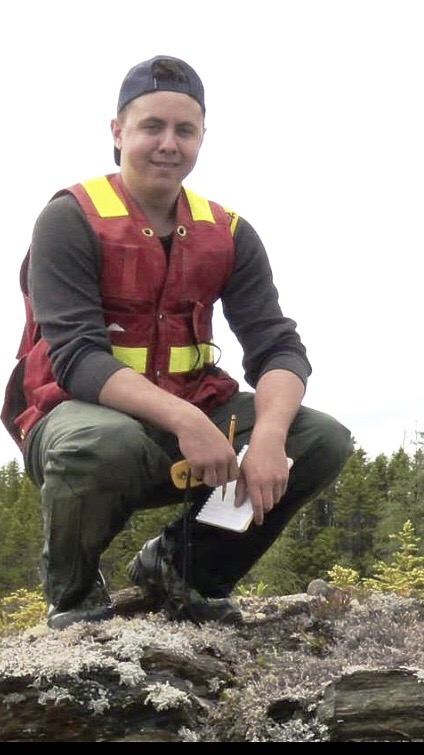Biography:
In April 2017, Cameron completed a B.Sc. degree in Earth Sciences at Memorial University of Newfoundland and Labrador where he completed a thesis titled: “Structural Evolution of the Country Pond Anticline and Bay Bulls Syncline Pair, Eastern Avalon Zone, Newfoundland” under the supervision of Dr. Tomas Calon. Over the course of his undergraduate degree Cameron was employed for two consecutive field seasons with the Geological Survey of Newfoundland and Labrador and was involved in several current research publications focused on the structural geology of various mineral deposits of the Newfoundland Appalachian Orogen.
From June 2017 to September 2018, Cameron was employed as an exploration geologist at Pretivm Resources. During this time, Cameron focused on the structural complexity and interpretation of the Brucejack Deposit and their existing grassroots claims during both field and diamond drilling programs. In September of 2018, he enrolled in the M.Sc. program at the Department of Earth and Atmospheric Sciences at the University of Alberta under the supervision of Dr. Stephen Johnston. Currently, Cameron is in the data collection and writing stages of his M.Sc program and is employed as a research geologist with Pretivm Resources, conducting underground vein mapping and interpretation at the Brucejack Mine.
